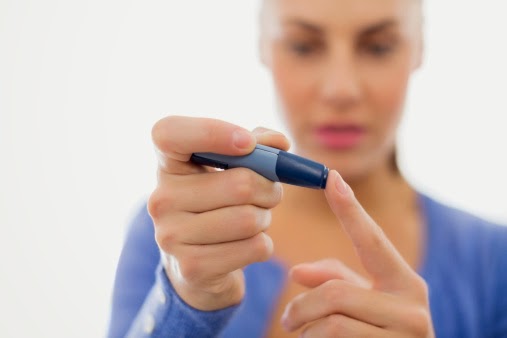Simple Ways to Lower Your A1c
The A1C blood test is a simple test that analyzes your glucose (blood sugar) levels by measuring the amount of glycated hemoglobin in your blood. Hemoglobin is a protein in your red blood cells; when glucose enters the blood, it attaches to the hemoglobin. The result is glycated hemoglobin. The more glucose in your blood, the higher your glycated hemoglobin.
The A1C is a valuable indicator of how well your diabetes management plan is working. While your individual A1C goal will depend on factors including your age and your personal medical profile, most people with diabetes aim to keep their A1C below 7 percent. By keeping your A1C number within your target range, you can reduce the risk of diabetes complications.
While it is important to develop a long-term diabetes management plan with your physician, there are several steps you can take right away to help reduce your A1C. Small changes add up, so consider trying some of these strategies to lower your A1C this week.
1. Try Short Sessions of High Intensity Exercise
According to research presented at the American Heart Association's Scientific Sessions 2015, type 2 diabetes patients who did 10 minutes of exercise three times a day, five days a week at 85 percent of their target heart rate had a twofold improvement in A1C levels compared to patients who exercised for 30 minutes a day at 65 percent of their target heart rate. Be sure to check with your doctor before trying high intensity exercise, and wear a heart rate monitor so you don’t overdo it.
2. Shrink Your Dinner Plate
Instead of a large dinner plate for your meals, use a smaller salad plate. This simple swap can trick your eyes and brain into thinking you’re eating more than you really are, and you’ll feel satisfied with less food. It’s especially helpful with starchy food: A one-cup serving of pasta doesn’t look like much on a plate, but it will fill up a small bowl.
3. Eat Whole Foods
Choose whole foods, such as fruits and vegetables, instead of juices to help keep your blood sugar from spiking. When you eat an apple or an orange, for example, you're consuming fiber, which helps to slow down how quickly your body absorbs the sugar. Fruit juice, on the other hand, removes all of the fiber, so the sugar goes straight to your bloodstream. Plus, the fiber in whole foods helps you feel full longer, so you tend to eat less.
4. Get Enough Sleep — But Not Too Much
A 2013 study found that short or long periods of sleep were associated with higher A1C levels regardless of physical activity, diet, obesity, or depressive symptoms. The findings suggest that people who get either more or less than 6.5 to 7.4 hours of sleep per night may be at increased risk for high blood glucose levels. (But researchers did not study the quality of sleep.)
5. Get It in Writing
Keep a journal of your home blood testing results and jot down a few notes about what you’ve eaten, the types of exercise or activities you’ve done, how you feel, and so on. All of this information can help you and your doctor determine how your blood sugar levels are affected by your diet and lifestyle, and can be used to improve your management plan.



Comentarios
Publicar un comentario